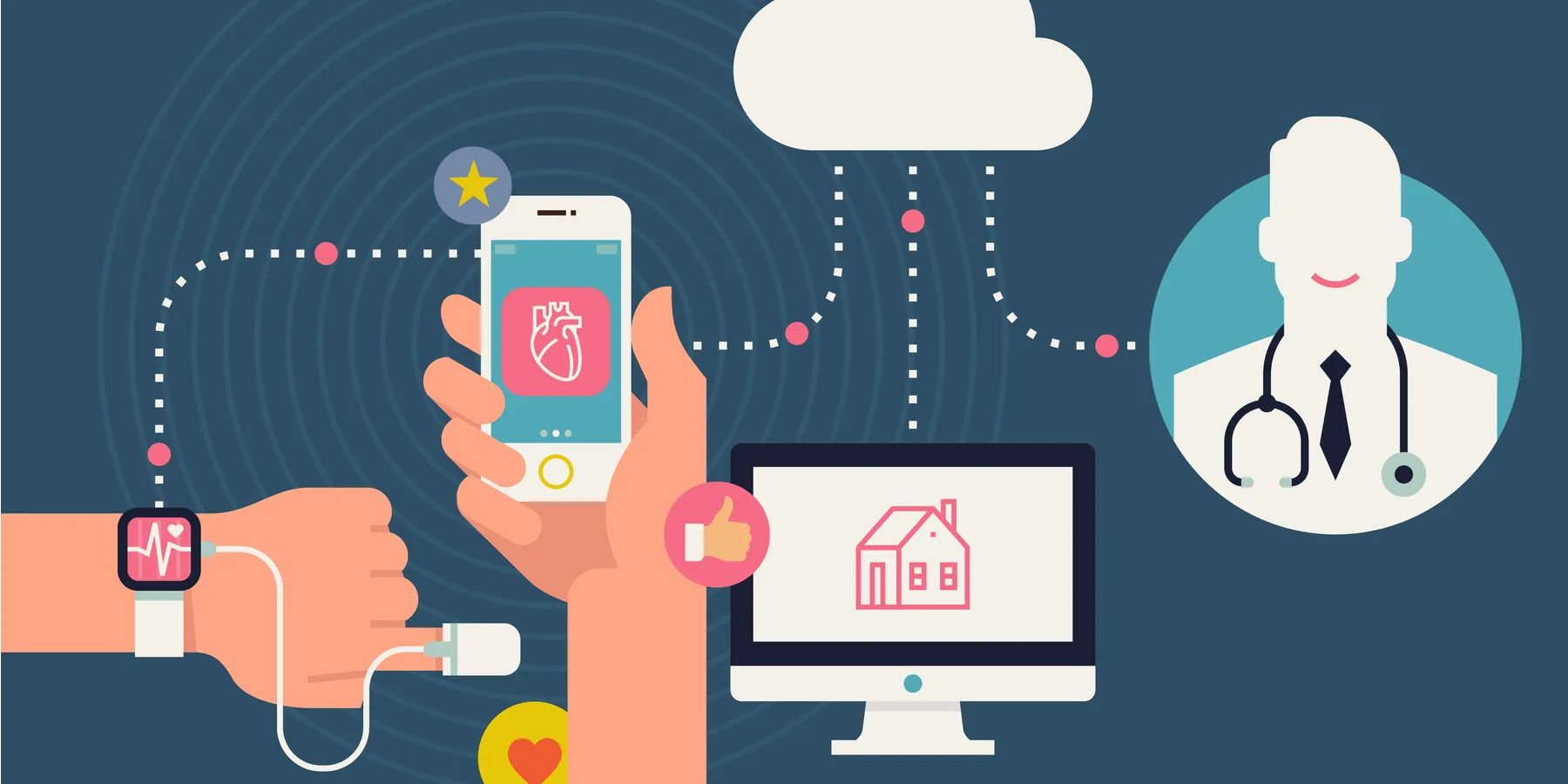As emphasized in the Patient Protection and Affordable Care Act (ACA), shared decision making is an important way of achieving optimal patient outcomes and respecting patients’ right to choose their health care. However, time constraints have made the office visit a less-than-optimal environment for informed and effective shared decision making. The ideal is further compromised by many physicians’ paternalistic concept of the patient-doctor relationship, in which doctors know best and patients adhere to their recommendations. The medical field will need to move away from this one-way conversation if we are to fully realize shared decision making.
As a result, it is critical to create an environment that facilitates shared decision making in the context of proliferating options (due to technological advances and personalized medicine) and escalating costs. The ACA states an intention to award grants and contracts for the creation of “patient decision aids,”
an educational tool that helps patients, caregivers or authorized representatives understand and communicate their beliefs and preferences related to their treatment options, and to decide with their health care provider what treatments are best for them based on their treatment options, scientific evidence, circumstances, beliefs, and preferences [1].
The act stipulates that patient decision aids shall,
(A) be designed to engage patients, caregivers, and authorized representatives in informed decision making with health care providers;
(B) present up-to-date clinical evidence about the risks and benefits of treatment options in a form and manner that is age-appropriate and can be adapted for patients, caregivers, and authorized representatives from a variety of cultural and educational backgrounds to reflect the varying needs of consumers and diverse levels of health literacy;
(C) where appropriate, explain why there is a lack of evidence to support one treatment option over another; and
(D) address health care decisions across the age span, including those affecting vulnerable populations including children [2].
In other words:
- Patient decision aids must help patients access, understand, and use health information. Key to this are both tailoring information to varying levels of health literacy and making sure that patients do not forget information.
- This information must be evidence-based, current, and context-specific. To be most useful, context specificity must include not only age- or disease-related information but also cultural practices and concerns.
Do current platforms achieve these goals? Presently, preexisting care-system electronic medical records (EMRs), such as MyChart and PatientSite, have added features that allow patient access. But these systems were originally designed as archives for health care professionals, not for use by patients, and they have limitations that prevent them from truly facilitating shared decision making. As intended uses change, so must the systems.
These preexisting EMRs tend to display information in a manner that is not easily viewed or deciphered by the patient. Access to information is generally grouped by category—such as labs, radiology, and office visits—rather than structured around medical problems or concerns. Reports often lack interpretations suitable for those with limited health literacy, especially for borderline lab results or incidental findings on imaging studies, and language can be highly technical. Further, appropriate educational content is lacking.
Solutions
Solutions must start from the premise that the physician and patient should be informed joint partners in setting the care plan. It is a process that begins with the initial encounter with the clinician but continues beyond the office visit. To be optimally supportive, information should be organized by medical concern and include educational material for both physicians and patients.
Moreover, this information must reflect best practices and be generated from an unbiased, vetted source. What if a physician is not up to date on a topic relevant to a patient’s situation such as an alternative or complementary treatment? Patients commonly seek help on the Internet, but this information is frequently not vetted or effectively distilled.
An EMR that facilitates shared decision making must allow and show in real time adjustments in the care plan that everyone can see. In the process of building this digitized roadmap together, the patient’s thoughts and beliefs are heard and integrated into an interactive document that is a source of actionable intelligence. Ideally, this permits the patient access to his or her health data and educational information specifically calibrated to his or her needs and to give others, such as friends, family members, health advocates, and other members of the health care team permission to view the plan. This protects the patient’s privacy while giving the opportunity to remove hindrances to care that arise from information not being shared with family members and others. Clinicians can track a patient’s progress, intervene when necessary between office visits, identify health care barriers and best practices, and receive educational content at the point of care.
As happens when following any roadmap, bumps in the road will be encountered and directions may need to be changed. But that will occur most effectively through collaborative, informed decision making. Replacing the physician with a computer is not the answer, but developing electronic solutions to support and enhance decision making is a step in the right direction.
References
-
Patient Protection and Affordable Care Act, 42 USC 18001, sec 3506 Program to Facilitate Shared Decisionmaking, sec 936 (b)(1). http://www.gpo.gov/fdsys/pkg/PLAW-111publ148/html/PLAW-111publ148.htm. Accessed June 22, 2012.
-
Patient Protection and Affordable Care Act, 42 USC 18001, sec 3506 Program to Facilitate Shared Decisionmaking, sec 936 (d)(2). http://www.gpo.gov/fdsys/pkg/PLAW-111publ148/html/PLAW-111publ148.htm. Accessed June 22, 2012.




